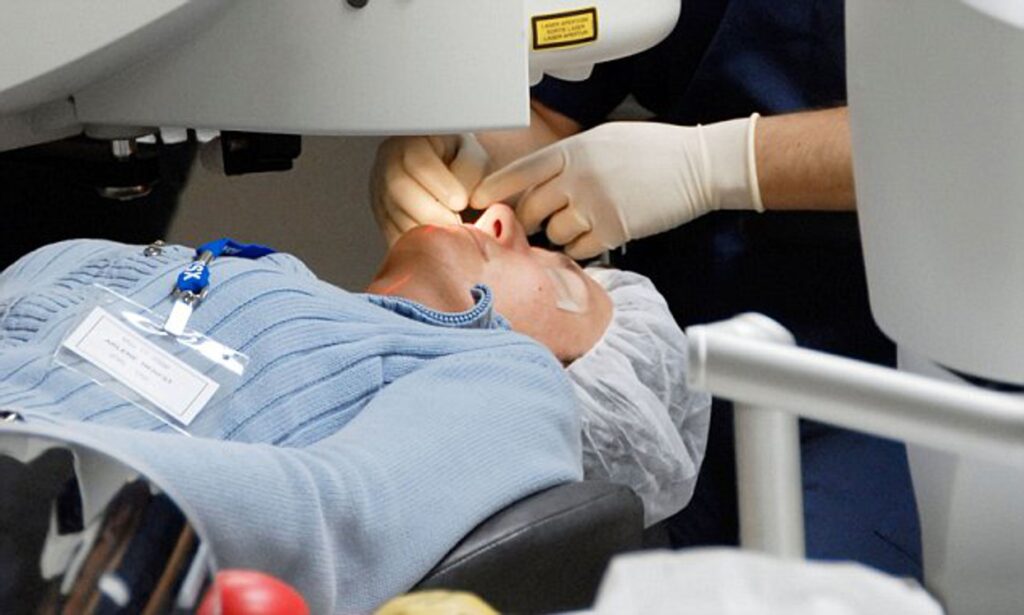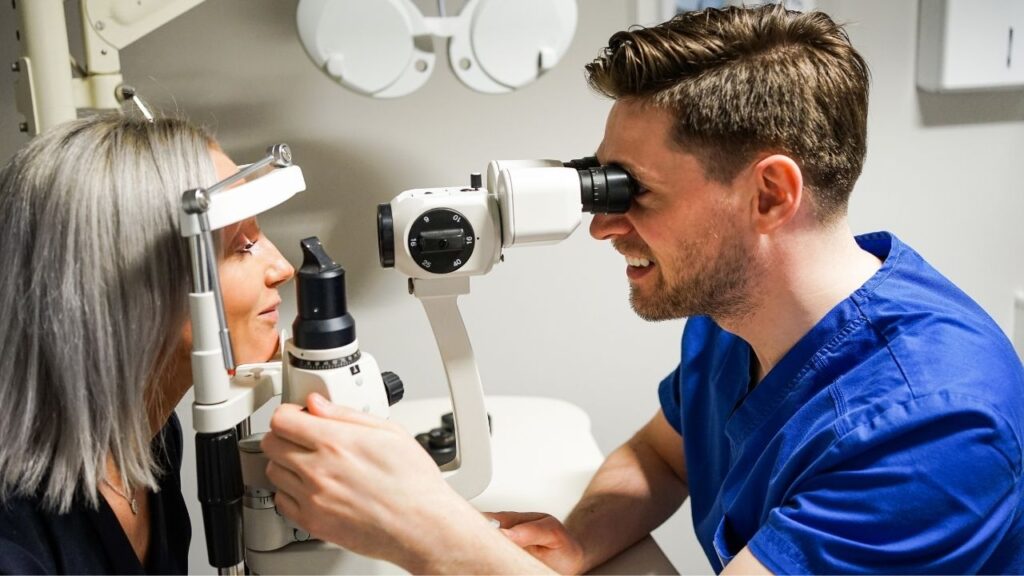Cataract eye surgery may be done using these three distinct procedures: Femtosecond laser-assisted cataract surgery (FLACS), Phacoemulsification and Extracapsular cataract extraction (ECCE).
Modern cataract eye surgery includes phacoemulsification and femtosecond laser-assisted cataract eye surgery (FLACS). Although FLACS has had some uptake, phacoemulsification remains the most often used technique in the industrialized world. Extracapsular cataract extraction is a third alternative that can be helpful in situations with mature cataracts and in surgeries that are too complicated or too risky for phacoemulsification.
Contrary to its prevalence in impoverished nations, extracapsular cataract extraction is performed far less frequently in the less industrialised world.
Both the type of cataracts you have and the overall health of your eye will play a role in helping the doctor determine the best course of action.
How People Get Cataracts
Cataracts come in a few distinct varieties, and whether or not you are a good candidate for one procedure or the other will depend on the specific form of cataract you have.

Congenital
Cataracts can sometimes be present at birth or develop in early infancy. Although cataracts are most common in those aged 50 and over, they have been observed in children as well. It is believed that chromosomal abnormalities or foetal infections are to blame.
Resulting from another condition
Some people get cataracts because of another health problem. Cataracts are more uncommon than other forms of eye disease, but those with diabetes or a history of substance misuse are at increased risk for developing them. Patients with myopic impairment are also more likely to experience them.
Trauma
Eye damage or injury can lead to the development of cataracts. Cataracts caused by external factors, like as electric shocks, are extremely uncommon but do occur.
Age-Related
Cataracts caused by ageing are quite frequent in some countries of the western nations. They strike around a third of the population at some time in their lives, and the likelihood of developing them increases with age.
What Should be done
When cataracts are age-related or are present at birth, there is no way to prevent them, therefore most of us will have to cope with them. Cataracts should be surgically removed if they are causing functional impairment regardless of their cause.
The Three Procedures of Cataract Surgery
As was just discussed, there are actually three distinct kinds of cataract eye surgery. All of these procedures require the removal of the patient’s natural lens and the insertion of a synthetic one.
What are the chances of maintaining eye sight following surgery?
Within 24 to 48 hours of a successful surgery, you’ll notice that objects are sharper and there is less glare when you gaze at bright lights. In additiona to that, you’ll be able to visualise objects that are previously dull.
Phacoemulsification
Phacoemulsification is a new method for removing cataracts that uses high-frequency ultrasound to break up the cataracts into tiny pieces. A specialized handpiece is used to administer the ultrasound that dissolves and splits the lens. The surgeon will break the lens and then use mild suction to remove the fragments from the eye.
The original lens is removed, and a replacement lens termed an intraocular lens (IOL) is inserted in its place by the doctor. In order to close the incisions made at the start of the treatment, the surgeon injects a minute quantity of saline into the eye, causing the cornea to expand and sealing the aperture.
Due of their diminutive size, sutures are unnecessary, and the entire process may be completed in within ten minutes. An eye shield and eye drops are provided to aid in the healing process.

Cataract Surgery with A Femtosecond Laser
Femtosecond laser-assisted cataract surgery (FLACS) might be an option for you. with this method, an initial incision, opening the lens capsule, and dissecting the lens were formerly performed manually, however these stages have now been replaced by a laser.
The laser alternative does cost more. FLACS has been shown to be superior to conventional phacoemulsification for treating advanced, mature cataracts, with the added benefit of using less phacoemulsification energy.
Laser-assisted cataract surgery has been found in certain trials to reduce complications, speed recovery, and improve visual outcomes, however it is crucial to note that these findings have not been replicated across all research.
The success of your cataract surgery is highly dependent on the expertise of your eye surgeon.
We haven’t seen FLACS’s full potential yet because it’s a developing technology. Although it has the potential to become the gold standard in the future, multiple studies have shown results that are roughly equal to date.
Extracapsular Cataract Surgery
If your surgeon determines that ultrasonography will not be successful in rupturing the cataracts, you may be a candidate for extracapsular surgery.
The cornea’s periphery is punctured with a tiny incision created by the surgeon. Next, the surgeon will make a small incision at the front of the capsule holding the lens. Cataracts of this stage are often removed in one piece; however, any fragments can be removed with suction if necessary.
Intracapsular cataract extraction (ICCE) may be necessary in extremely unusual circumstances. Similar to the extracapsular approach, but with a wider incision, comes this method. If the cataracts were induced by an injury, surgery is usually necessary.
Finding the Appropriate Method
Your surgeon should be able to tell you which kind of cataract surgery is ideal for you during your pre-surgery consultations and help you make an informed decision. The majority of cataracts develop with age, and phacoemulsification is the most frequent surgical procedure for treating them.
Not all instances follow this pattern, so, don’t assume it will definitely apply to your. It’s possible that the therapy that works wonders for someone else won’t do a thing for you. A skilled surgeon will help you make an informed decision.
How to Choose a Good Center for Cataract Surgery
Cataract surgery should be considered if the condition is causing significant distress. It doesn’t matter what kind of surgery you undergo; recovery time should be short, outcomes should be good, and risks must be minimal. Although, cataract surgeries are quite frequent around us, but that doesn’t mean you shouldn’t be intentional about eye doctor or the clinic where you will have it done.
When it comes to laser eye surgery, our cutting-edge facilities have resulted in a 0% infection rate. Get in touch with the best in the industry today.

